The GM Service Information (SI) provides the latest, most complete information available to diagnose and repair GM vehicles. The Service Information is updated regularly and includes important specifications for different repairs in the Removal/Installation and Replacement procedures. However, in some repair procedures, related procedures are available only through several links and are not listed as part of a repair. Yet, it’s important to always review all service procedures, including the linked procedures, before beginning the repair in order to be sure all proper procedures are being followed, even if it’s a well-known or common repair. (Fig. 1)
The linked procedures should not be skipped over or ignored. If a repair procedure is linked, but it’s not reviewed by technicians making a repair, more time may be spent performing unnecessary or incorrect procedures.
 Fig. 1
Fig. 1
Links Include Critical Information
Starting with the 2020 model year, a new authoring style for SI that featured more detailed steps and fewer links to other SI documents began to be implemented for several GM models. Over the past few years, many vehicle programs have changed to the new authoring style as major redesigns of those models have been introduced. However, there are a number of GM models that continue to use the older system that includes specific steps or additional information in linked procedures.
In the older authoring style, clicking the links in each step ensures all necessary information is reviewed and nothing is missed, including details that are specific to a system or optional vehicle content. Reviewing the linked content also can help correctly identify vehicle content in order to avoid damage to certain parts.
TIP: To increase the loading speed of SI, it may be helpful to occasionally clear the web browser data stored on your device. Deleting your browser cache can improve computer speed and free up storage space on your device. On most computers, browsing data can be found under the Settings or Options menu (select the ellipsis or three dots icon) of the web browser.
Here are several examples from the Service Information for the 2024 Corvette where there are different linked service procedures based on the vehicle or system.
Example 1: Engine Replacement
Under Engine Replacement, there is only one engine replacement document. The first step in the replacement procedure is to remove the rear suspension cradle. (Fig. 2)
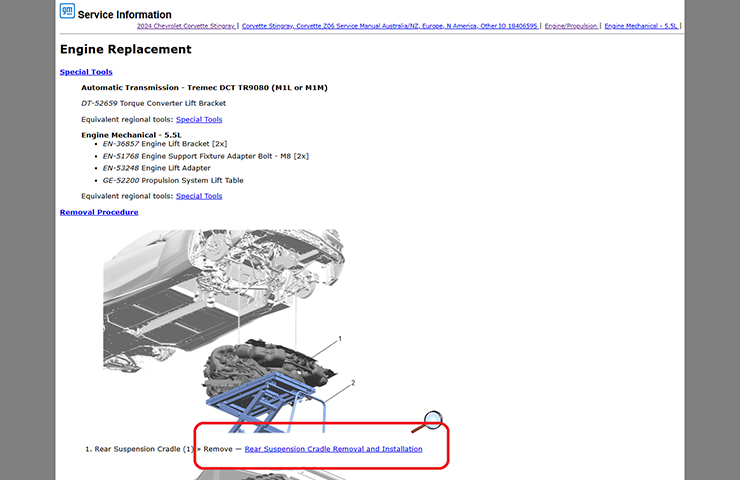 Fig. 2
Fig. 2
Clicking the link for Rear Suspension Cradle Removal and Installation prompts the technician to specify the car type (coupe or convertible) and engine type (LT2 or LT6). (Fig. 3)
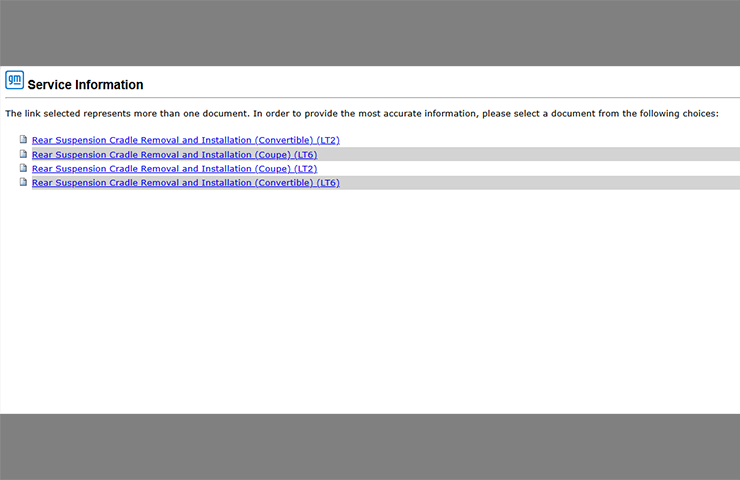 Fig. 3
Fig. 3
The next step involves removing the intake manifold from the engine. However, some technicians are skipping the links and jumping directly to intake manifold removal.
Example 2: Wheel Removal
The Tire and Wheel Removal and Installation procedure includes links for each brake system (with or without the J57 system with ceramic rotors). If the wheel removal procedure link, which is often a step in a larger procedure, such as Tire Pressure Indicator Sensor Replacement, is not selected, technicians will miss important instructions about how to proceed in the procedure based on vehicle content. (Fig. 4)
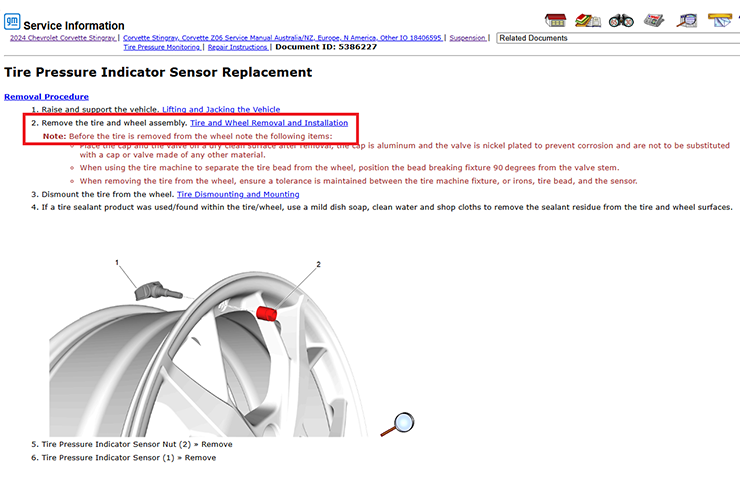 Fig. 4
Fig. 4
In this example, if the vehicle does not have the J57 brake system with ceramic rotors, the next step is to remove the wheel. However, if the vehicle does have the J57 brake system, the rotor covers must be retrieved from the trunk of the car and installed to protect the ceramic rotors from contact before removing the wheel. (Fig. 5)
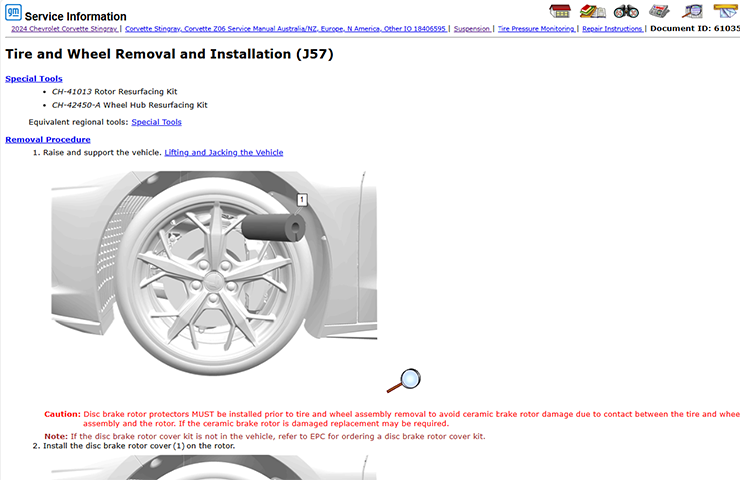 Fig. 5
Fig. 5
Example 3: Valve Stems
Using the correct torque specifications is critical in all procedures, right down to the tire valve stems. In addition to the wheel removal procedure link, the Tire Pressure Indicator Sensor Replacement document contains several other important links that must be followed.
The link under Tire Dismounting and Mounting is essential because the procedure and specifications differ for carbon fiber wheels versus aluminum wheels. (Fig. 6)
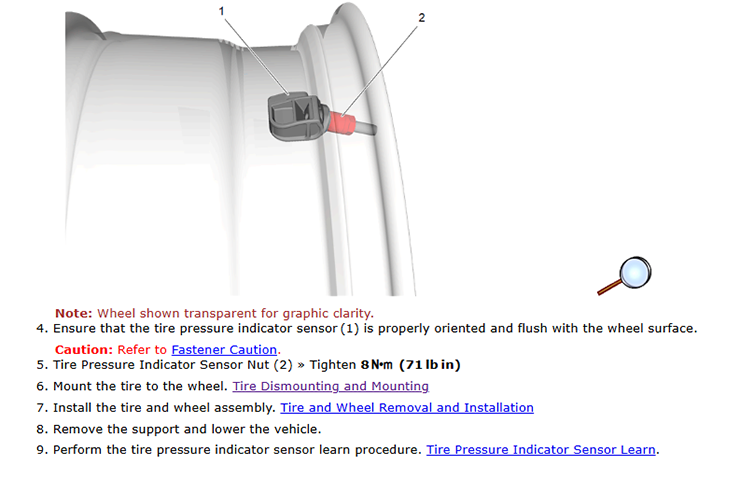 Fig. 6
Fig. 6
In addition to the specifications in the procedure, technicians can always check the Fastener Specifications quick link at the top of the Service Category page to ensure they are following the instructions correctly.
– Thanks to Ken Borso

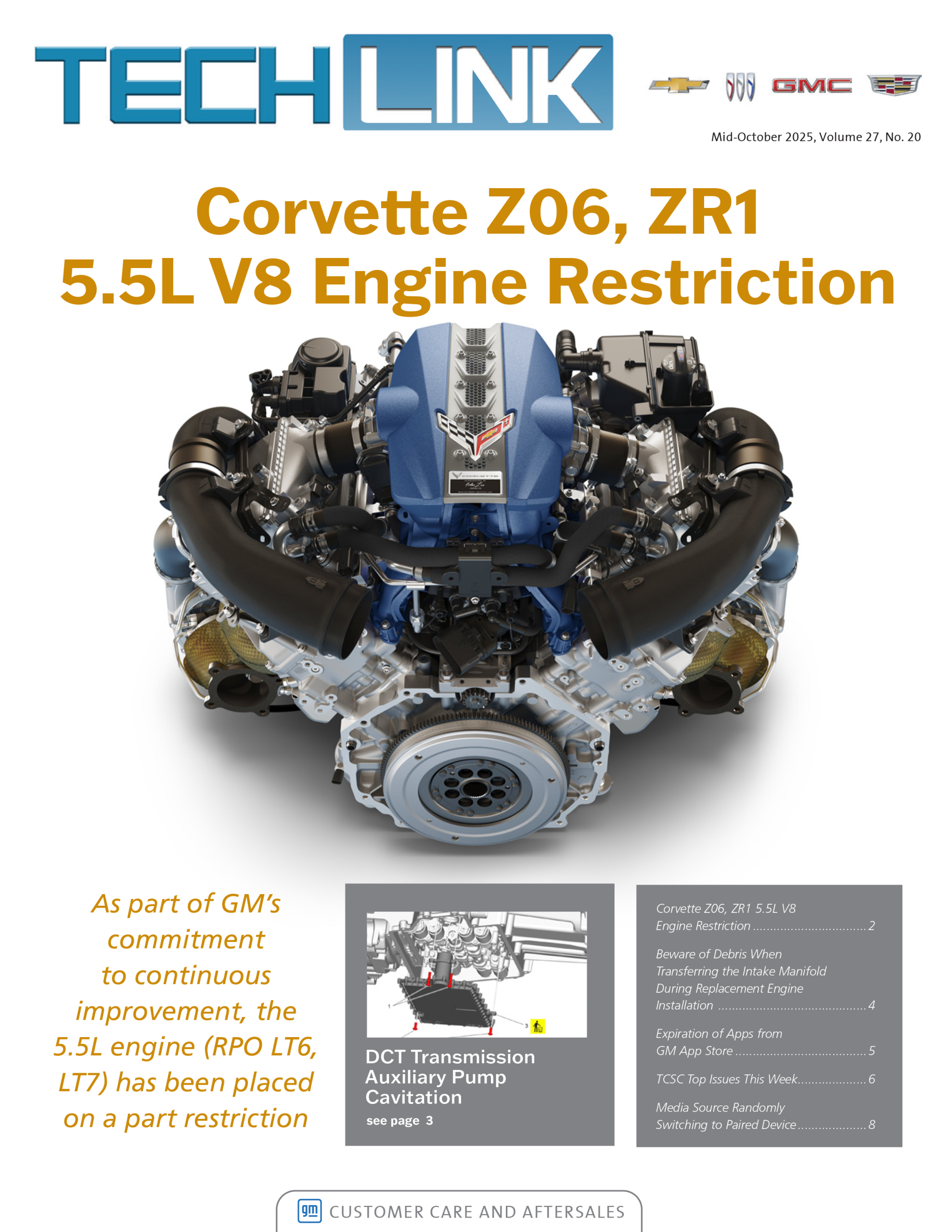
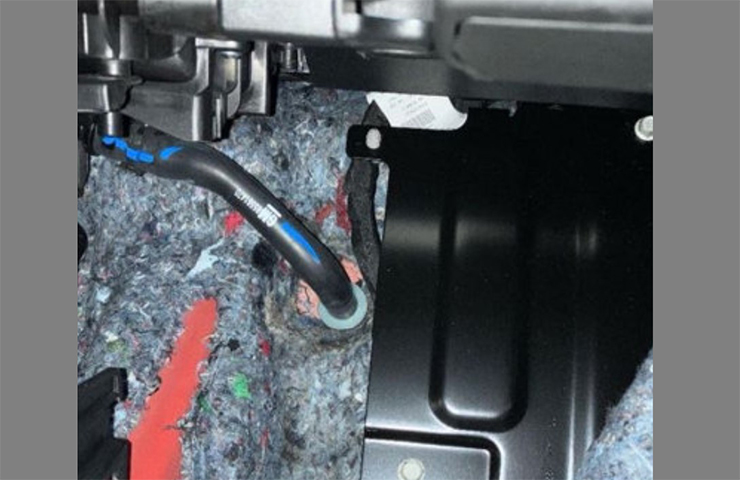

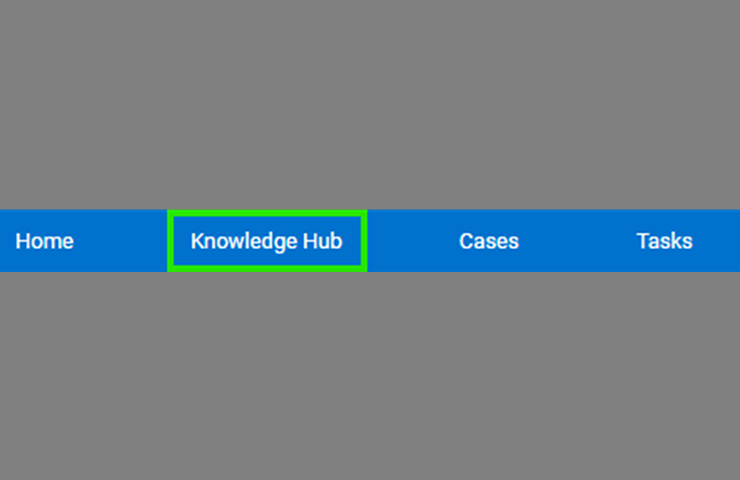
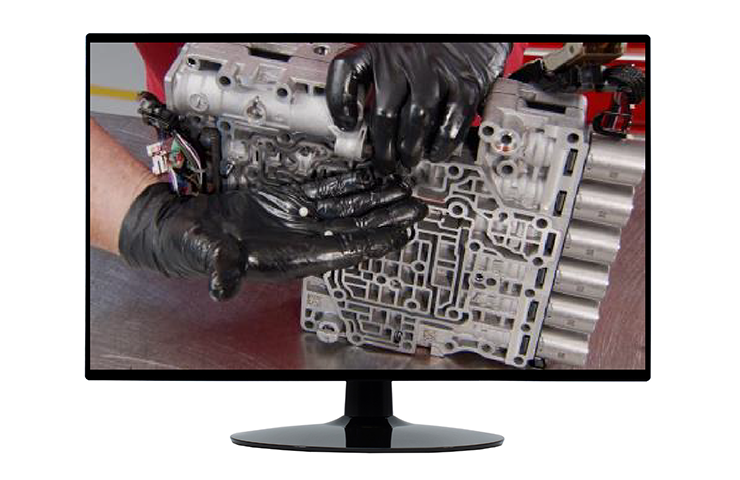


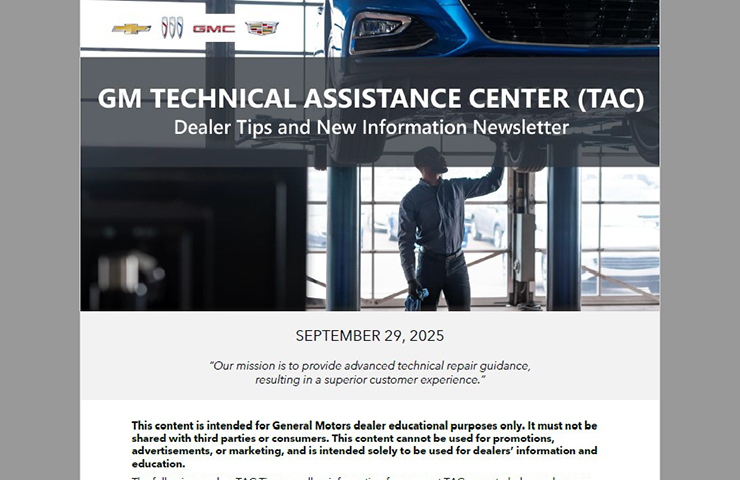
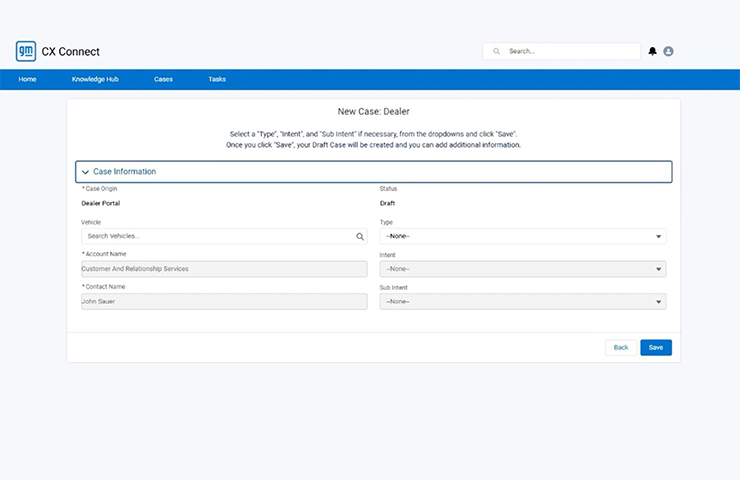
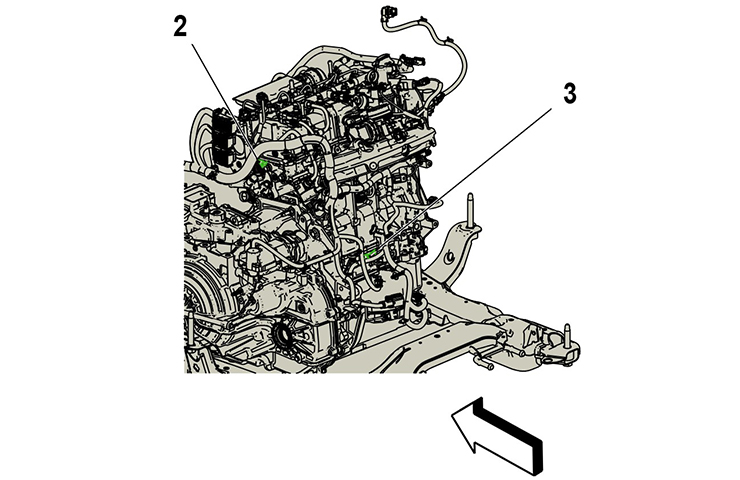
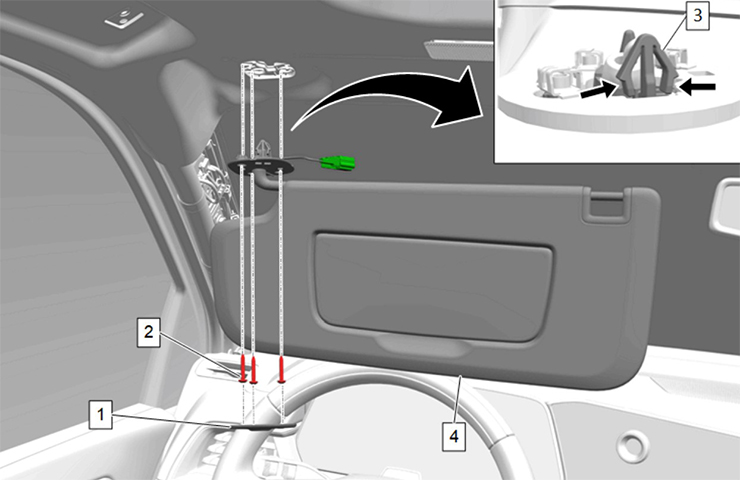
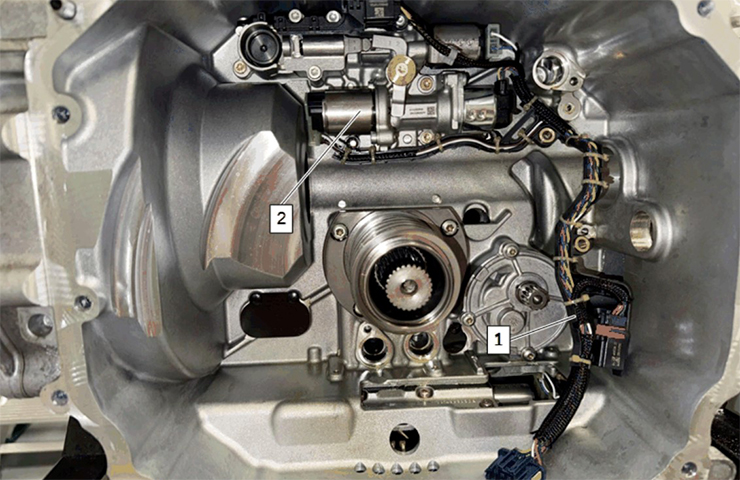
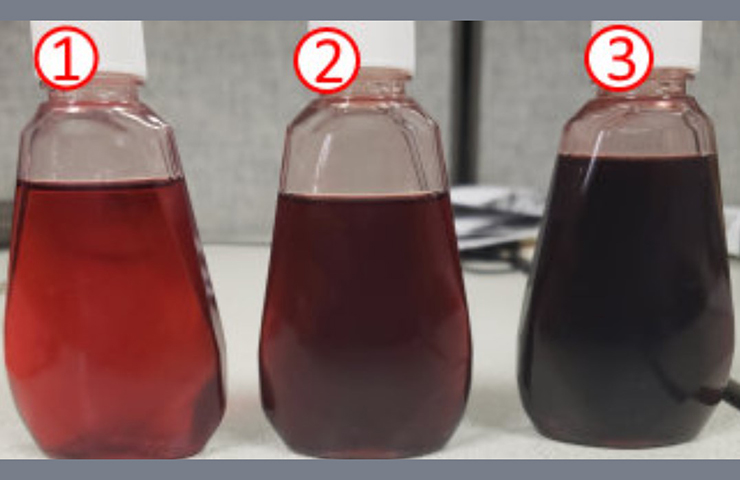


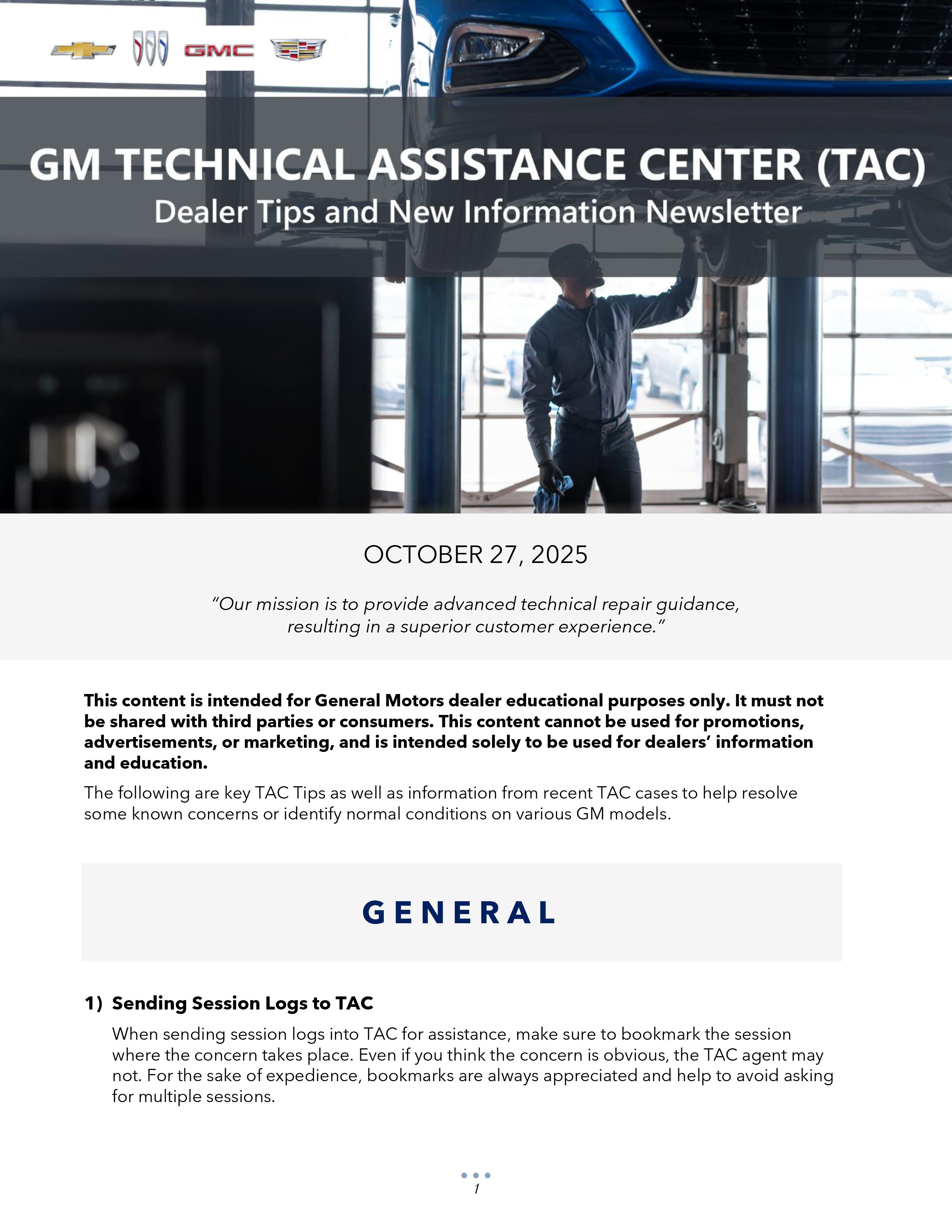
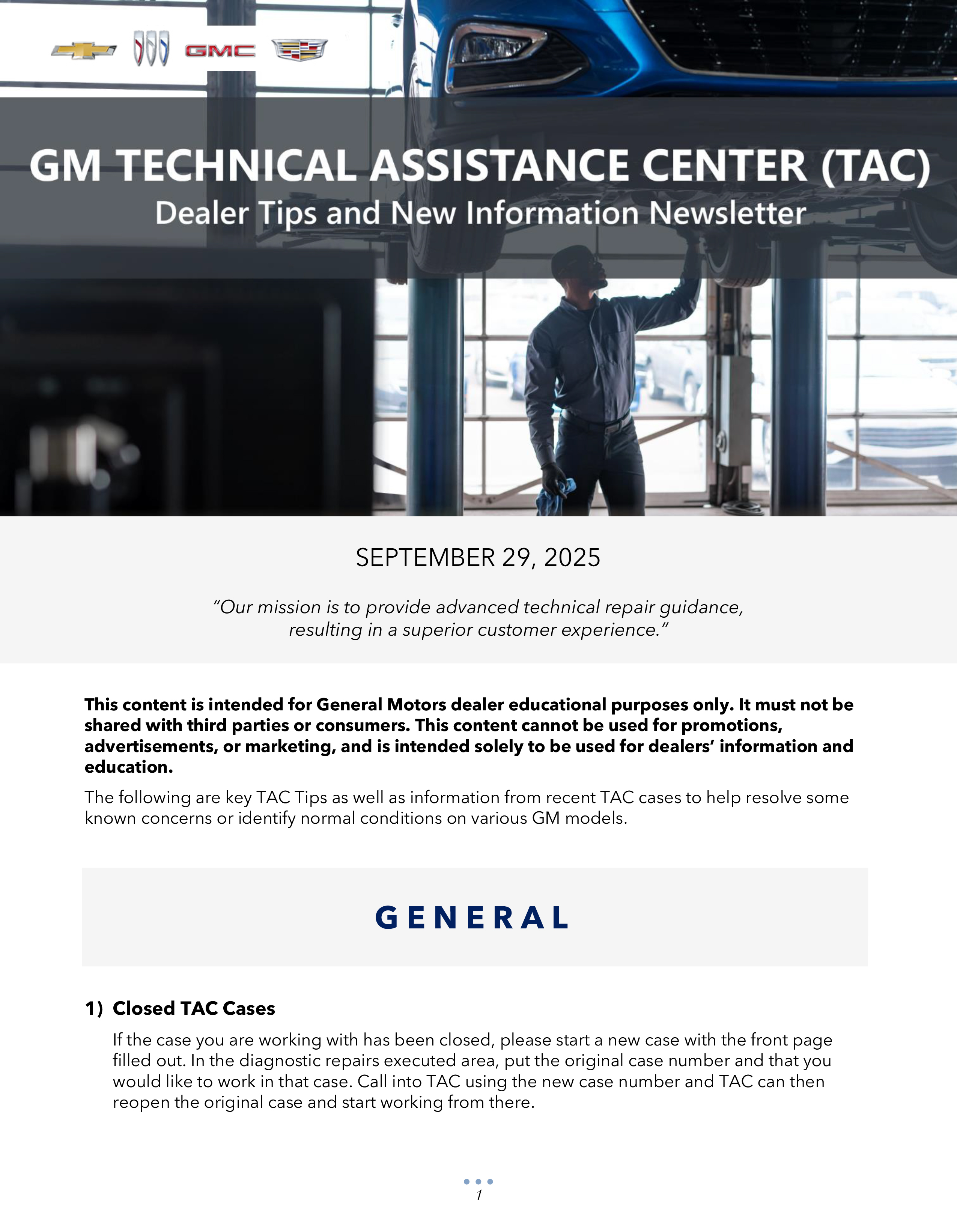


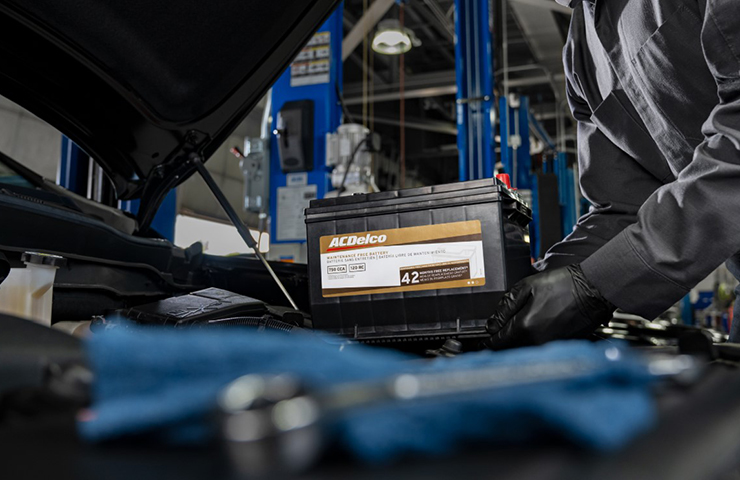
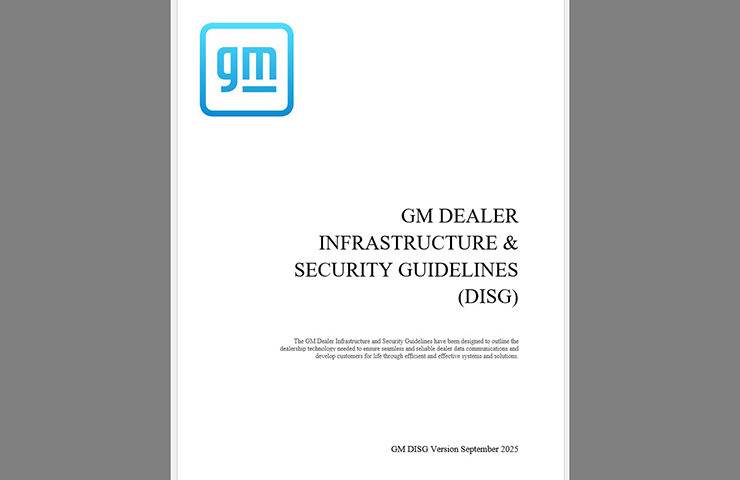
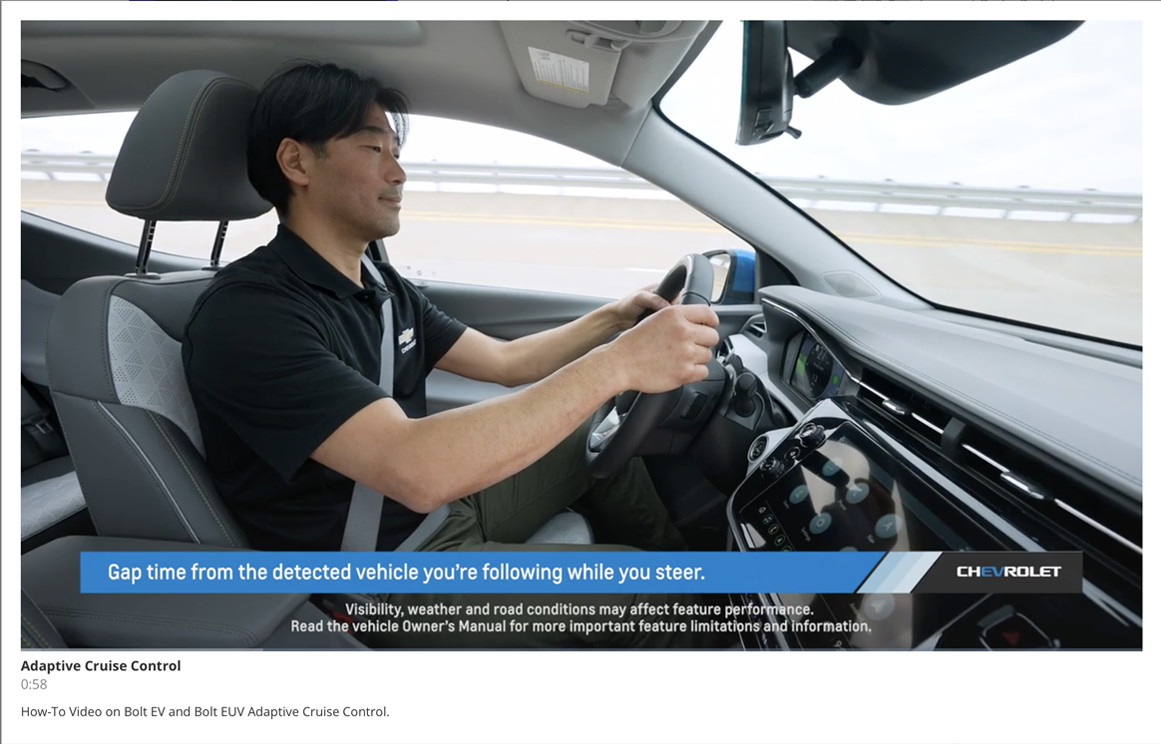
Or the writers can just put ***ALL*** initial instructions required to be performed before beginning the repair, at the beginning of the repair. So now I’m halfway through taking an EGR cooler off a 1.6 diesel, (Step 1 disconnect battery). just to find out I need to remove this honking range selector actuator later on (after putting trans in back up park mode, which requires battery power), this is also step 37. Its really cool that the techs are getting the blame when a repair document, wasn’t even written properly to begin with. I lose time, customer gets pissed off and everyone is unhappy and at a loss. It takes 5-10 extra minutes, maybe? to write the pre-repair procedures at the beginning of the procedure.
Just wanted to add a +1 to Chad’s comment. SI as a product is only marketable because it’s the only game in town. No one writing these manuals to sell someone as a useful tool would do it this way. Just reading the procedure, (through the “is this even real ” tree of spiraling links) would take a guy an hour. You’re going to miss something. And adding “features” that are incomplete makes them completely unhelpful. A list of all single use parts at the top of the procedure? Well only sometimes, which means it is unusable and unreliable. EPC shows single use parts, well guess what, only sometimes, which means it is unusual and unreliable.
As things sit, there is no reliable way to know what you’re going to need without reading the document and all the linking documents. The helpful solutions are incomplete and cannot be relied on.
Put the torque specs back into repair document like it used to be. Its such a pain to have to open a 30 page document full of torque specs and scroll down to the one you need and even then sometimes you have to click yet on another document to get there.
SI is being updated to the new authoring style with less links as new models are introduced. The good news is that updates are on the way for the Corvette manuals.
I know negative feedback comments keep getting deleted so I’m not sure if anyone will see this but we as technicians hate the SI authoring. Too many extra clicking to find HIDDEN information. You used corvette engine replacement as an example doc id 5377795. There are 56 steps for the installation portion and NOT ONE SINGLE TORQUE SPEC in the entire document. Step 2 install left exh manifold, click link 1, click link 2, scroll down to manifold bolt install (step 5) torque spec 20 ft lb. Ok done now click back, back, back, scroll all the way down to where you were and repeat for right manifold install.
WE HATE THIS! If it says “install bolt” the torque spec better be right there next to it! When you send in SI feedback they will respond with “its easier for us to do it this way in case torque specs change” (they never do).